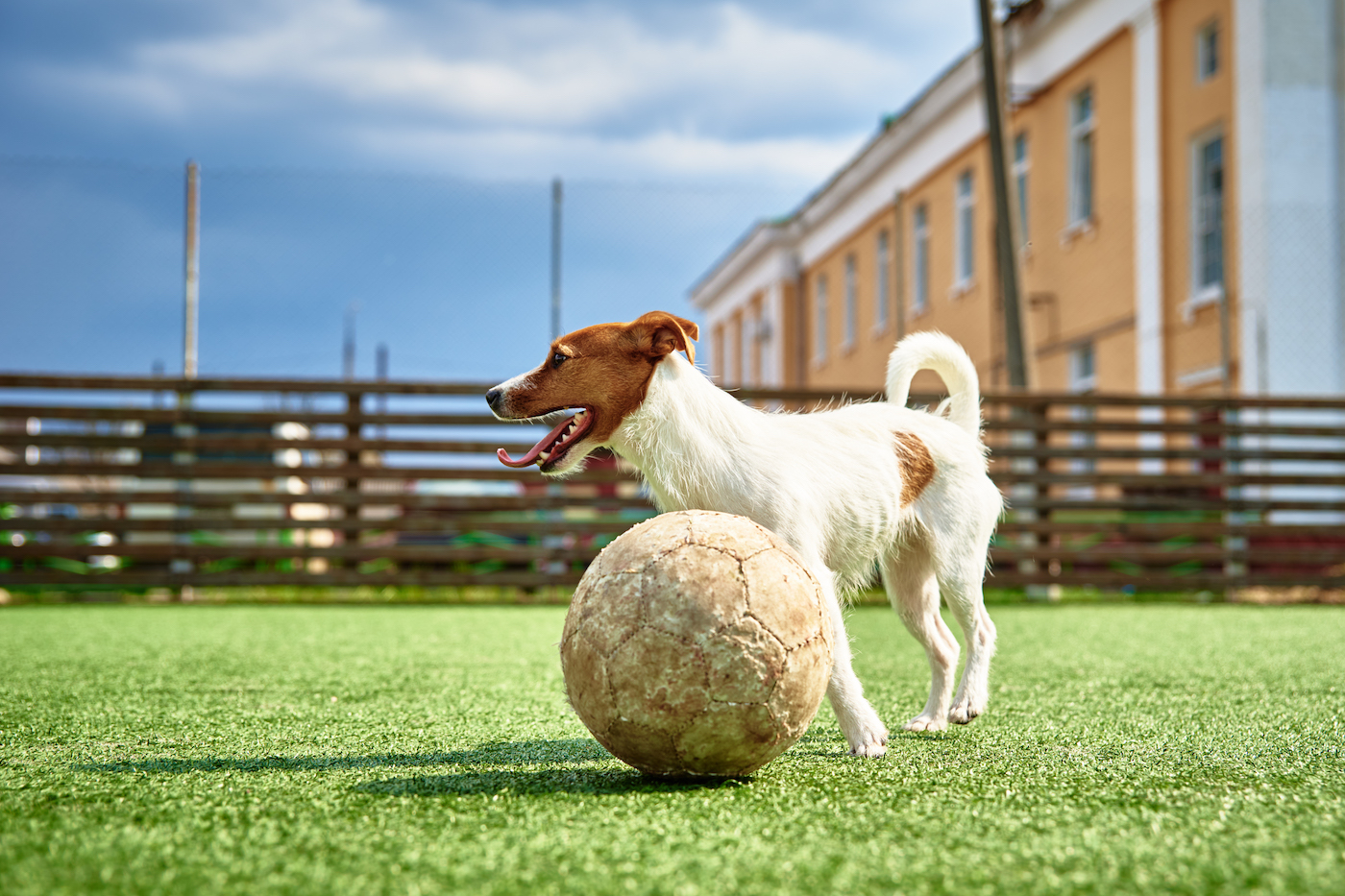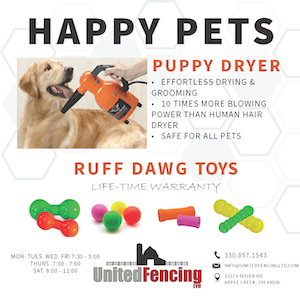Hormones are chemicals that serve as messengers, carrying important communications through the body. When these messengers are not balanced, there are unwanted side effects such as skin problems, hair loss, increased drinking and urinating, weight loss or weight gain, weakness, lethargy and/or excessive panting. But, hormonal imbalances in breeding dogs can cause even more issues and disrupt their reproductive cycle. Hormonal imbalances can cause a female to not come into season, have split cycles, short cycles and/or low progesterone levels to cause the absorption of a litter. In males, a hormonal imbalance can impact testosterone levels, sexual vitality and libido.
The good news, certain herbs and roots can naturally provide support for female dogs with hormonal imbalance. Breeder’s Edge® Problem Female™ is a supplement with natural herbs, roots and other ingredients to support a female’s natural reproductive hormone production and balance. A proper balance of estrogen-progesterone helps support her complete reproductive cycle so she can ovulate, breed, maintain a pregnancy and deliver a healthy litter. Problem Female™ contains Ashwaganda and Angelica Root Extract to support proper metabolic rates, Chase Tree Berry powder to help maintain a healthy estrogen-progesterone balance and Dong quai, Motherwort and Shatavari Root to support immunity and uterine tone.
When a female is having heat cycle issues, you don’t always know the cause. In some cases, heat cycle issues stem from a B-vitamin deficiency, while other times it’s due to hormonal imbalance. Oftentimes B-complex vitamins, minerals and amino acids such as those found in Breeder’s Edge® B Strong™ help support healthy heat cycles in females. Meanwhile, for dogs with hormonal imbalance, adding Problem Female in addition to using B Strong helps support a healthy heat cycle and pregnancy. Not every female dog with heat cycle issues has hormonal imbalance and vice versa. So, knowing what to use when may be confusing. The good news is, it is safe to use both B Strong and Problem Female™ together if needed:
- B Strong –this may help as a blood builder to support a healthy heat cycle.
- Problem Female™ – when there are signs of hormonal imbalance, use to help maintain hormone production so she can get and stay pregnant.
Hormonal imbalance while she is pregnant can lead to miscarriage. That’s why maintaining hormonal balance throughout the pregnancy is important. Problem Female can safely be used during pregnancy and in combination with prenatal supplements such as, Breeder’s Edge® Oxy Mate®.
For males, Perna mussel, DHA and amino acids L-carnitine and L-arginine support healthy production of quality sperm. Saw palmetto and sarsaparilla support hormone levels and maintain testosterone levels naturally. Ashwagandha and maca support an increase in libido and sexual vitality to get his job done. Breeder’s Edge® Problem Male™ contains all of these ingredients to help support sperm quality and help maintain hormone levels including testosterone.










